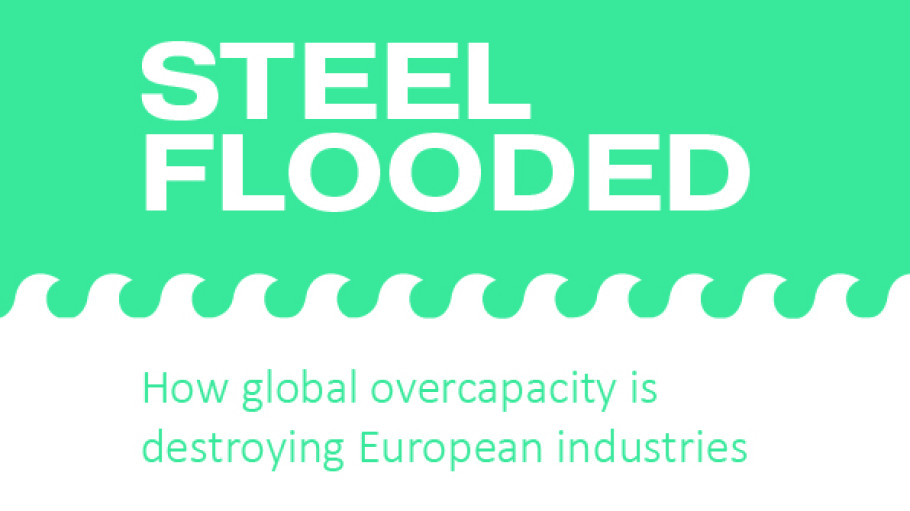

Steel is a fundamental pillar of a healthy economy, essential for infrastructure, construction, and industrial development. Industrialisation typically starts with the establishment of a domestic steel industry.
However, some formerly developing countries struggle to scale down their steel production once they reach a mature industrial stage. Meanwhile, other countries continue to expand their steel industries, often guided by government strategies aimed at boosting exports. This dynamic has led to production capacities far exceeding global demand.
As of 2024, global steel overcapacity exceeded 602 million tonnes - more than 4 times the EU’s total annual steel consumption – and is projected to rise to 721 million tonnes by 2027. Despite the growing mismatch, capacity reductions are frequently delayed or avoided due to government intervention, resulting in entrenched structural overcapacity and significant market distortions.
As a consequence, EU steel trade deficit has massively widened since 2021. A positive trade balance in finished steel products of 11 million tonne in 2013 has turned into a deficit of 10.7 million tonnes in 2024.
Find out more details in our full fact-sheet available for download below, covering:

Download this publication or visit associated links
Brussels, 20 November 2025 – Today the European Steel Association (EUROFER) elected its new Board, President and Vice-Presidents (see Annex). Henrik Adam was confirmed as President of the organisation for another two-year term.
Brussels, 22 October - Ahead of the European Council meeting on 23 October, Europe’s steel and automotive industries — two strategic pillars of the EU economy — are issuing a joint call for a realistic and pragmatic pathway to transformation and keeping investments in Europe. Together, these sectors form the backbone of Europe’s industrial strength, supporting over 13 million jobs in automotive and 2.5 million in steel (directly and indirectly), and driving innovation across entire value chains.
Joint Statement